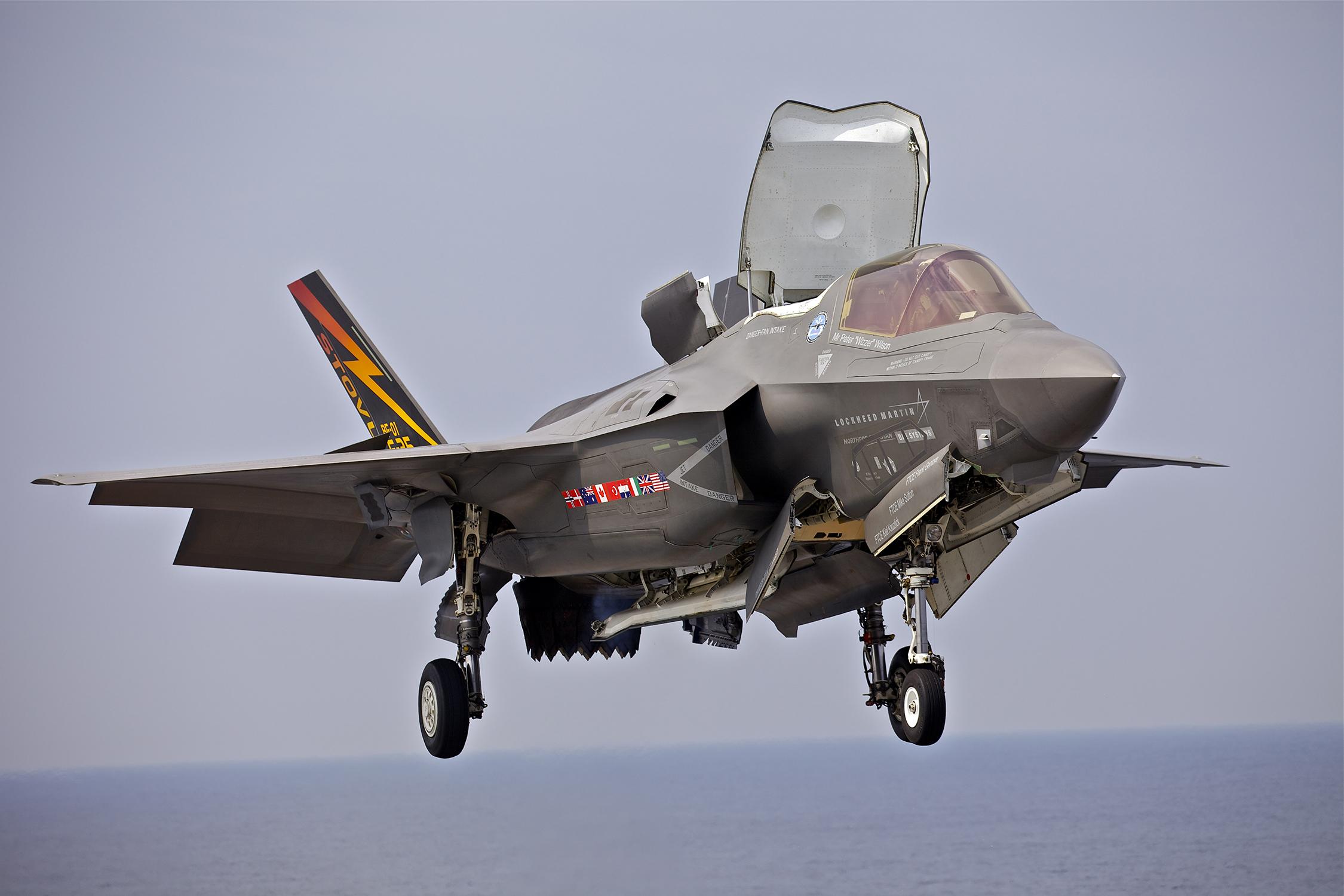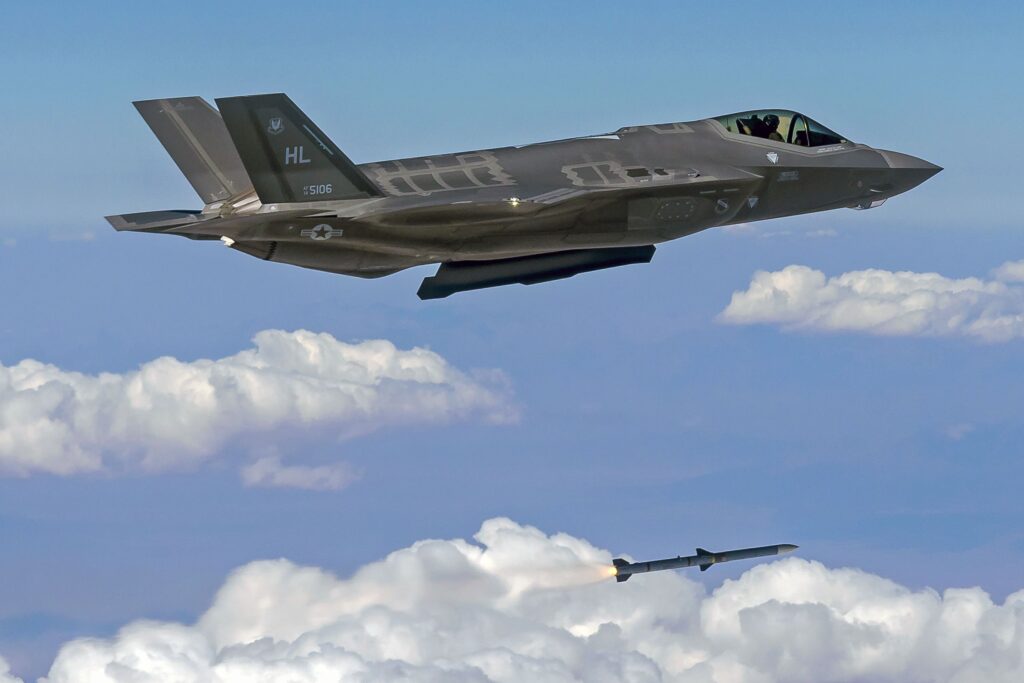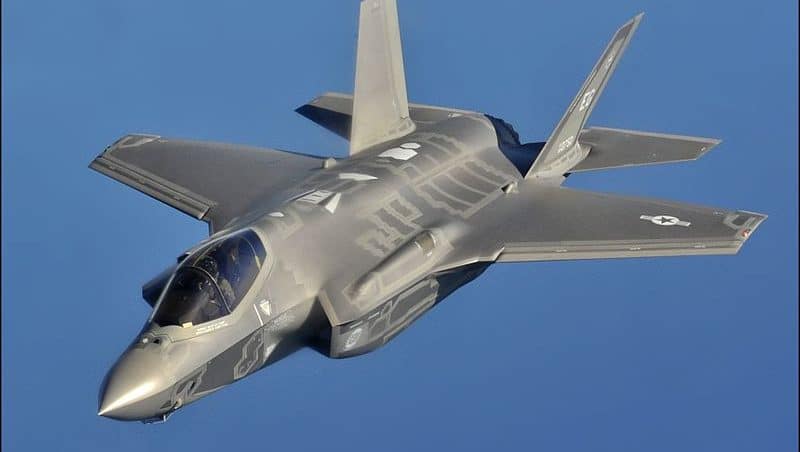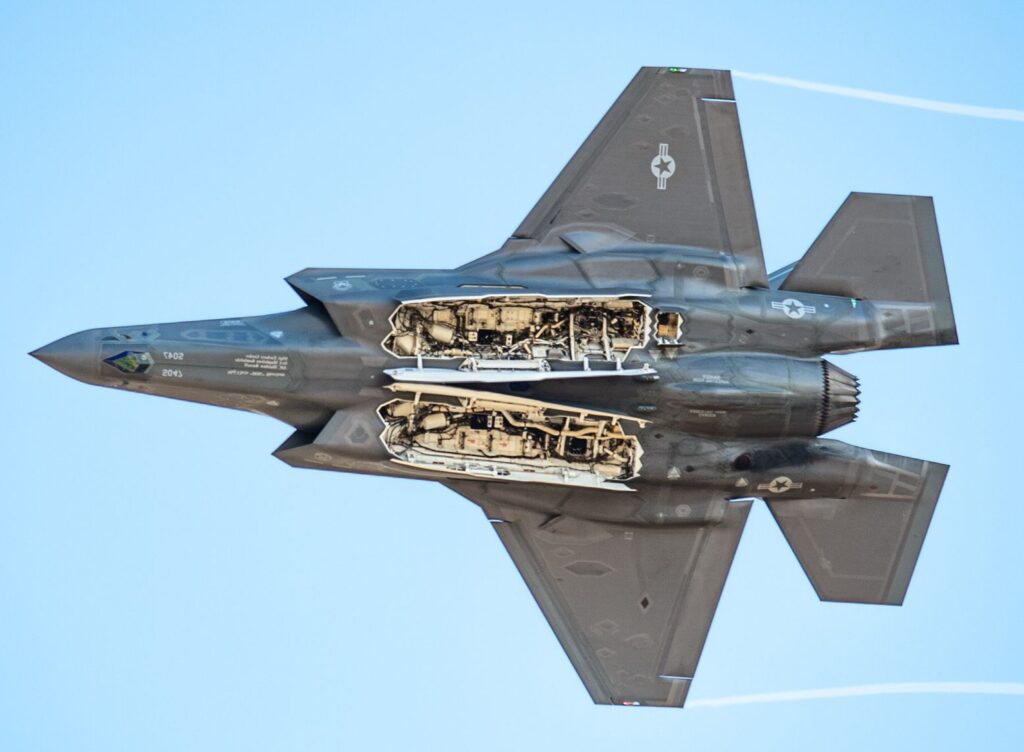Aviation
Top 5 features of F35 Lockheed martin fighter jet

When we talk about fighter jets few aircraft tops in the list among that F35 is one. The F35 is fighter is Developed by Lockheed martin. It took its first flight 15th December 2006. The F-35 Lightning II is a fifth-generation combat aircraft with an unmatched level of versatility. But while most people have at least heard of the F-35, few know the muscle powering this airborne fortress. So, check out some of the following facts about the F-35.
- F35 pilot helmet acts as multiple functions and controls.
The F35 Pilot helmet has next generation features no other fighter has this capabilities technologies in the fighter jet as of now. Since in the fighting war zones required instant actions this helmets gives quick access and decisions tool for pilot. Helmet display is a key piece of the F-35’s human-machine interface. Instead of the head-up display mounted atop the dashboard of earlier fighters.
The HMDS puts flight and combat information on the helmet visor, allowing the pilot to see it no matter which way he or she is facing. Infrared and night vision imagery from the Distributed Aperture System can be displayed directly on the HMDS and enables the pilot to “see through” the aircraft.
ACJ TwoTwenty Private Jet By Airbus Begins Building
- F35 carries weapons in Stealth configurations.
The F-35 carries weapons internally in stealth configuration, or externally in permissible environments with greater than 18,000 pounds of total ordinance.
The F-35 has two internal weapons bays with four weapons stations. The two outboard weapon stations each can carry ordnance up to 2,500 lb for F-35B, while the two inboard stations carry air-to-air missiles. Air-to-surface weapons for the outboard station.
- It comes with Vertical takeoff and landing options.
The F-35B is one of the variations of the F-35 that can conduct vertical landings, making it the first aircraft of its sort to do so. Why does the military require a plane that can land vertically? Because aircraft carriers have short takeoff and landing strips, the F-35 is an excellent choice for these missions.
The aircraft has three main variants: the conventional takeoff and landing F-35A, the short take-off and vertical-landing F-35B, and the carrier-based operations.
- Enemies can’t see it because it’s invisible.
During training exercises, the F-35 regularly beats opposing aircraft at a rate of more than 20-to-1. Because it was designed to absorb or deflect radar energy so enemy pilots can’t notice it before they’re shot down, it would do the same in a conflict against Russian or Chinese fighters.
Furthermore, the F-35 has an advanced jammer system that deceives or disables adversary radars both in the air and on the ground. Enemy radars may detect something far away, but they are unable to track or target it. Furthermore, the F-35’s powerful turbofan engine dissipates and masks heat before heat-seeking missiles can target it.
- It has over 300,000 parts and requires less maintenance.
According to reports, the F-35 will have over 300,000 separate parts by the time it is finished. Of course, putting all of these components together is no easy feat, which is likely why the F-35 costs slightly under $100 million.
The F-35’s low-maintenance stealth technology is another reason for its widespread praise. The F-35C is the Navy’s first stealth aircraft, according to reports. Lockheed Martin chose structural fibre mat over high-maintenance coatings (such as those used on legacy stealth aircraft designs). This method is just as effective as the other, but it takes far less upkeep.

Aviation
Boeing, Antonov to Collaborate on Defense Projects

– MOU represents Boeing’s commitment to work with Ukrainian industry
– Includes exploring opportunities for collaborating on in-country support of Unmanned Aerial Systems
A Memorandum of Understanding was signed today by Boeing and Antonov Company to investigate potential collaboration on defense-related projects.
“We’re happy to keep collaborating with the Antonov Company to help Ukraine’s economic development and expansion,” stated Ted Colbert, CEO and president of Boeing Defence, Space, & Security.
Airbus and the Antonov An-225: The Best Partnership:Click here
“This agreement demonstrates our ongoing efforts to find more opportunities to work with Ukrainian industry, which was underscored by our signing of the Ukrainian Defence Industry Compact earlier this year.”
The areas of potential collaboration identified in the agreement consist of training, logistical support and overhaul services for tactical Unmanned Aerial Systems utilized by the Ukrainian Armed Forces, which includes the ScanEagle. In addition, the companies will also explore opportunities for Antonov to provide engineering support to Boeing.
The six largest cargo aircraft ever built in the aviation industry:Click here
“A strong, innovative, and efficient defense industry is key to sustainable economic development and national security, and we are extremely excited to collaborate with Boeing,” said Ievhen Gavrylov, CEO of Antonov Company.
This agreement brings a whole new level of opportunity to implement the latest and most effective solutions – in addition to the possibility of future projects with Boeing in the aerospace and defense industry.”
-

 Travel1 week ago
Travel1 week agoAir India to Expand US Operations with Three New Routes After a Decade
-

 Travel2 weeks ago
Travel2 weeks agoWhy We Should Avoid These Stamps in a Passport
-

 Airlines1 month ago
Airlines1 month agoInvestigations Reveal Fake Chinese Titanium in Boeing and Airbus Jets
-

 Tech4 weeks ago
Tech4 weeks agoChina’s CATL Plans 1,800-Mile Electric Plane Launch by 2027
-

 Airport3 days ago
Airport3 days agoTop 10 Largest Airports in the World by Size
-

 Aerospace4 weeks ago
Aerospace4 weeks agoChina’s Fighter Jets Turn Wings into Autonomous Drones
-

 Airlines4 days ago
Airlines4 days agoAir India Rolls Out A350s for Delhi-New York JFK and Newark Routes
-

 Defence3 weeks ago
Defence3 weeks agoBoeing Enhances Chinook with New Engines and Block II Upgrades at $96 Million










